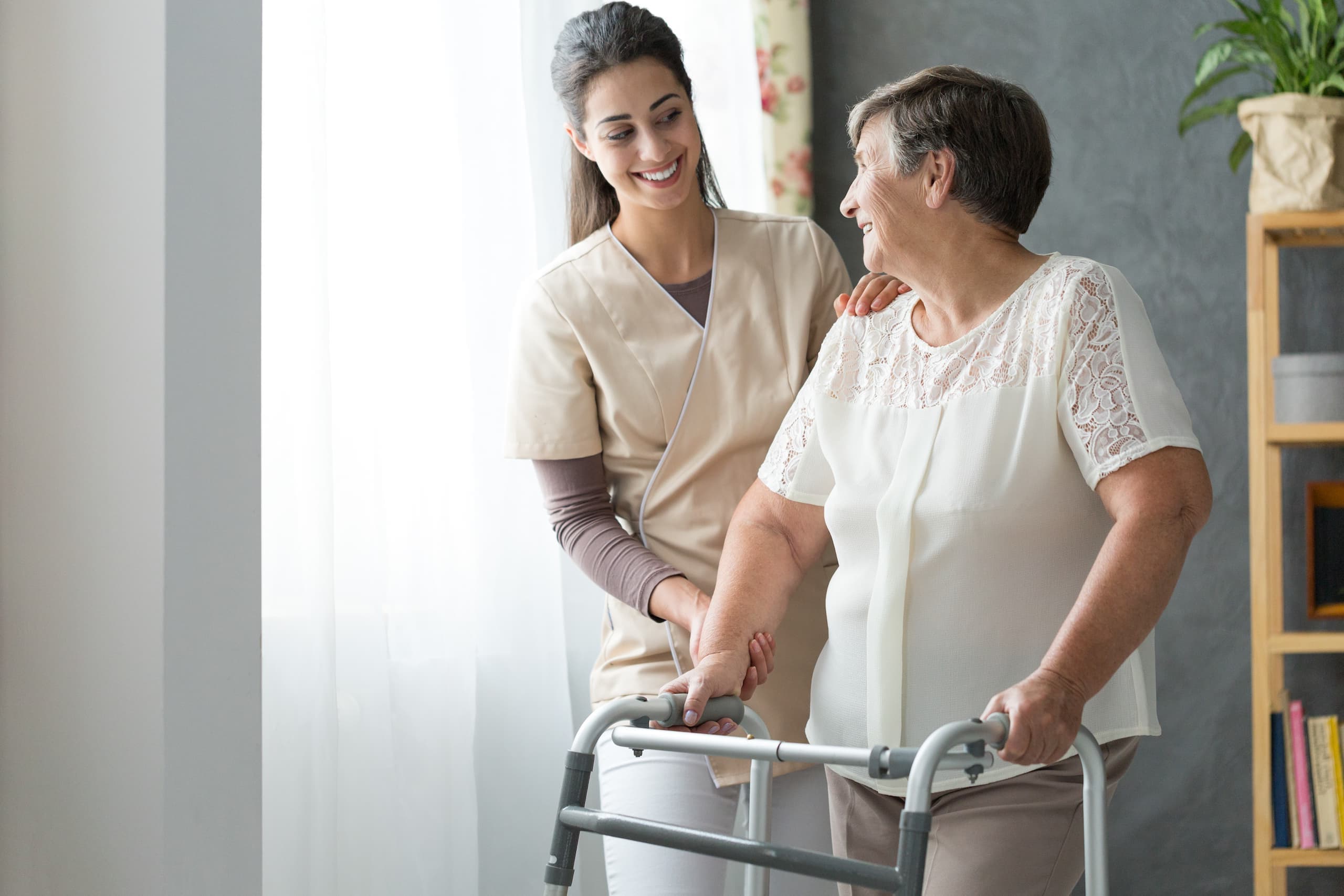Arthritis is a common condition that affects millions all over the world. Achy, swollen joints can not only put a damper on your exercise routine, but can also impact day to day activities such as your job, housework, and playing with your children. Arthritis does not have to keep you down. There are some very simple home care techniques that may help ease the pain of your arthritis.
Balance Exercise and Recovery
One of the most important things you can do to manage your arthritis pain is to balance your exercise and recovery. No matter the cause of your arthritis, movement and exercise are good for your joints and can help ease pain if done correctly and in moderation. Start slow and work your way up in duration as you can tolerate it. Allow yourself rest days throughout the week to recover. Great exercises are those that are low impact and do not place stress on the joints. Swimming and water aerobics are fantastic choices for those battling arthritis. You can burn as many calories and get as intense of a cardiovascular workout while in the water without the impact on the joints that exercise on land would give. Biking is another low impact exercise that can be beneficial for those with arthritis.
Weight Check
Maintaining a healthy weight can make a world of difference when it comes to easing the pain of arthritis. The more the body weighs, the more stress weight bearing joints such as the hips, knees, and ankles have to endure. A healthy diet and exercise can help you to maintain a normal weight, thus lightening the load on your joints.
Avoid Constant Positions
Staying in the same position for too long can exacerbate arthritis pain. Whether it be sitting or standing, maintaining the same position can make your pain worse. Be sure to take rest breaks from standing and walking. On the contrary, sitting too long in one position can increase pain when you get up and start moving. Additionally, while you are standing, sitting, and walking, using good posture can ease the impact on your joints. Engaging core muscles, keeping knees and toes pointed straight ahead will help prevent you from putting your joints in a position of stress.
Heat, Ice, and Medication
Using heating pads or soaking in a warm bath can both help ease your arthritis pain. It is important, however, to take precautions in order to prevent burns. Do not use a heating pad for longer than 20 minutes and never fall asleep while using one. Ice is another modality that can also decrease inflammation and relieve pain. Caution should also be used when using ice. Do not apply ice directly to the skin, rather have a towel or thick article of clothing in between to prevent ice burn. Over the counter medications such as ibuprofen and acetaminophen can give temporary relief from arthritis pain. Consult with your doctor to make sure these medications are safe to take and should pain persist long term, seek medical care for your arthritis.
Take it a Step Further
Persistent arthritis pain is often made worse by muscle imbalances and flexibility deficits. Call Venture Rehab today to see how we can help you kick your arthritis pain to the curb.
